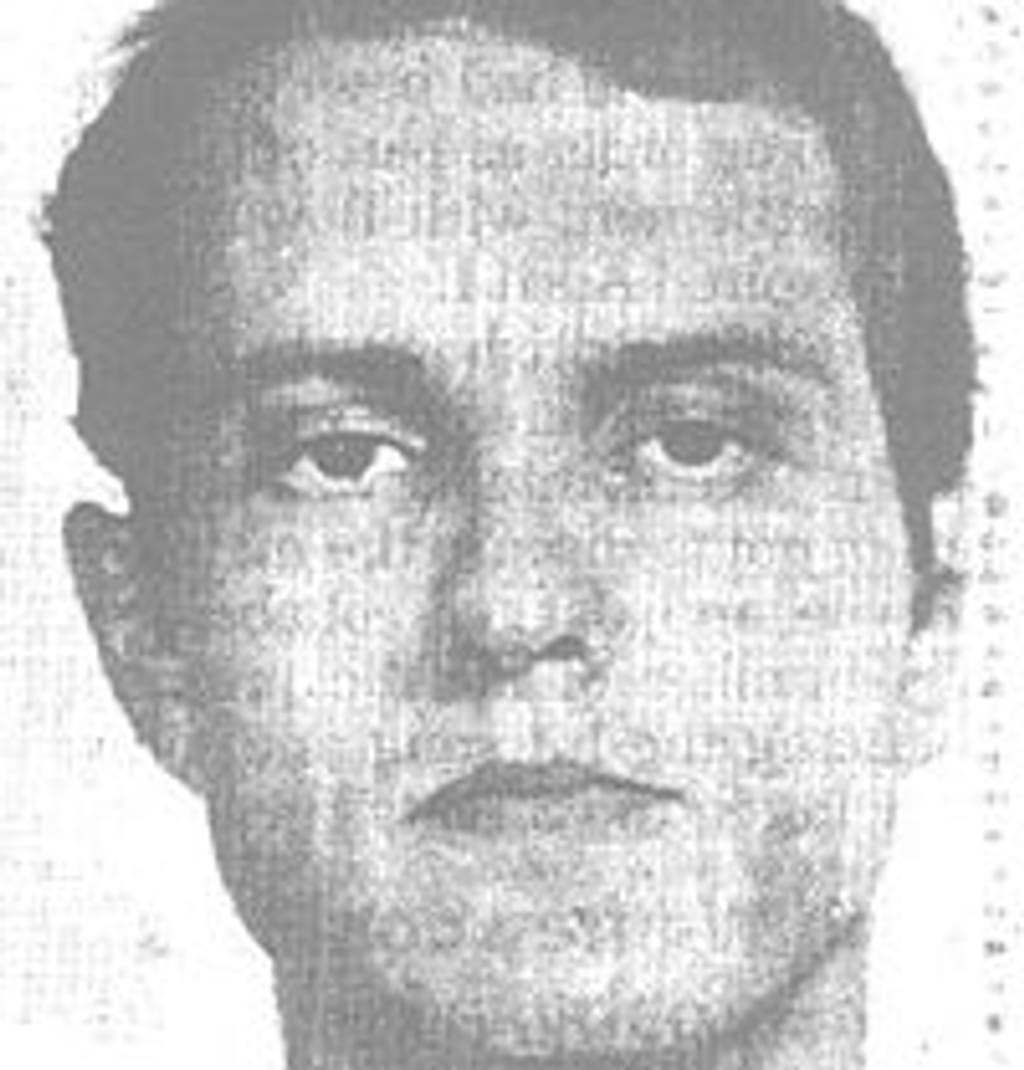
The week of the 25th anniversary of Florida’s gruesome botched electric chair execution of Jesse Tafero (pictured), the Tennessee Supreme Court began hearing a challenge to the administration of a state law that would resurrect the use of that State’s electric chair if lethal injection drugs are unavailable. On May 6, 2015, the Tennessee justices heard argument on death-row inmates’ right to know which method of execution will be used in their cases. The Justices voiced concerns about the secrecy that the law allows to shield the execution process and the decision about which method to use. “How are the defendants supposed to know?” Justice Cornelia A. Clark asked, offering a hypothetical situation in which an inmate expects to be executed by lethal injection until he sees the electric chair set up in the execution chamber. Deputy Attorney General Jennifer Smith argued that execution by electric chair is “just not going to happen,” but Chief Justice Sharon Lee said that the inmates’ evidence regarding the unavailability of execution drugs suggests, “execution (by the electric chair) is very probable.” On May 4, 1990, witnesses to Tafero’s execution reported that a problem with Florida’s electric chair caused foot-high flames to shoot from Tafero’s head. Current had to be applied three times because the first two shocks failed to kill him.
Only after a similar incident occurred in 1997 did Florida finally decide to retire its electric chair in 2000. State supreme courts in Georgia (2001) and Nebraska (2008) have declared that the use of the electric chair violates their state constitutions. A decision in the Tennessee case is expected in a few months.
(J. Latson, “A Gruesome Historical Argument Against the Death Penalty,” TIME, May 4, 2015; J. Satterfield, “Supreme Court hears challenge to execution law,” Knoxville News Sentinel, May 6, 2015.) See Botched Executions and Methods of Execution.




